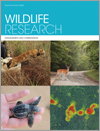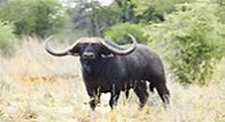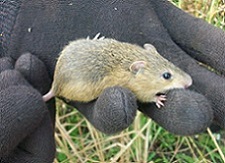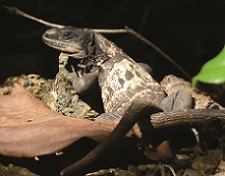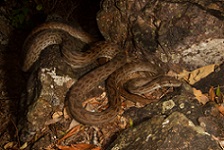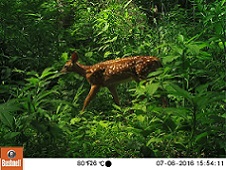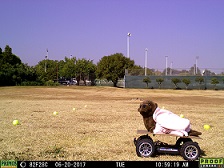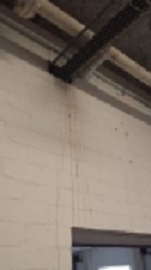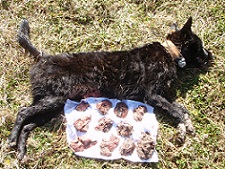
The efficacy of aerial baiting for the control of wild dogs in south-eastern Australia has been, until now, unquantified. Our study measured and compared the mortality caused by the currently permitted baiting rate (10 baits km−1) and the higher, historic rate (40 baits km−1). Only the higher rate achieved control of wild dog populations. Photograph by Guy Ballard.
WR18188 Abstract | WR18188 Full Text | WR18188PDF (241 KB) Open Access Article


